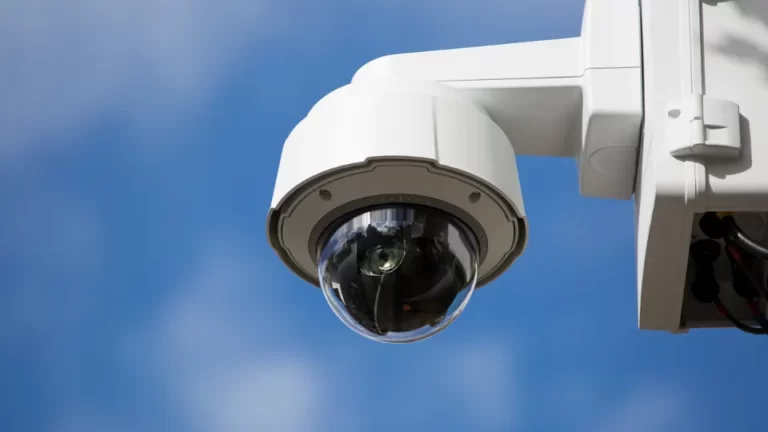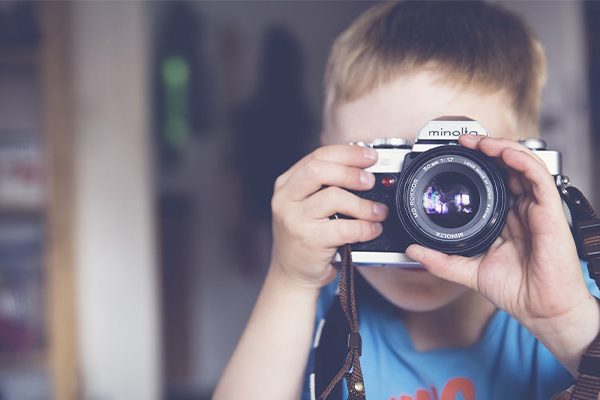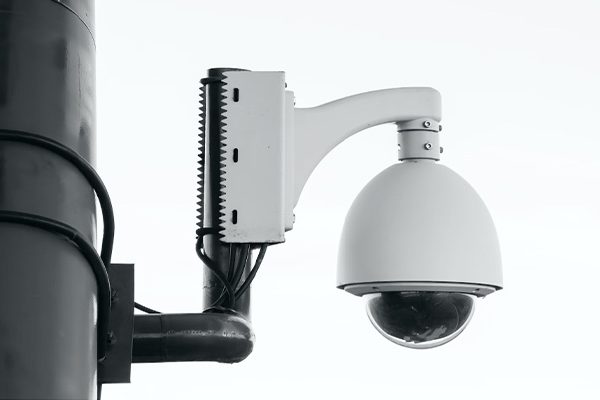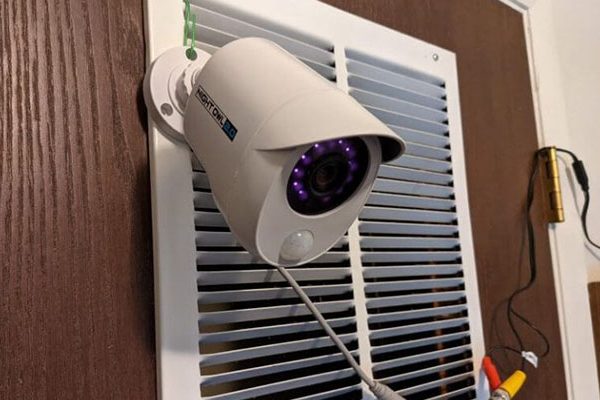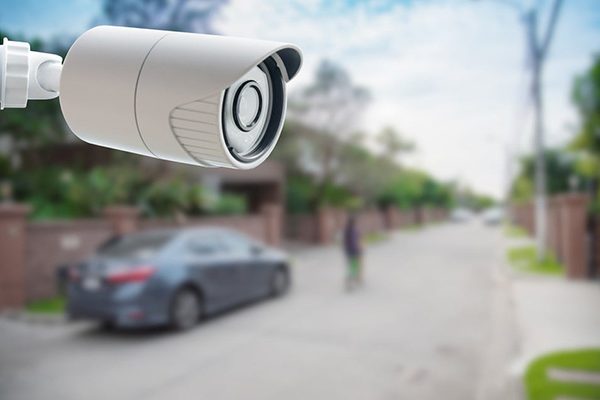What is a PTZ camera? Pan-tilt-zoom (PTZ) cameras are devices that can pan from left to right, tilt from up to down, and zoom in and out of a scene thanks to mechanical components in their construction.
Software, an IR remote, a joystick controller, and other devices can all be used to control PTZ cameras.
You can learn more about PTZ cameras by reading on.
Table of Contents
What is a PTZ Camera?
PTZ camera (Pan-tilt-zoom camera) is a camera that supports remote control of direction (panning and tilting) and zooming (increasing and decreasing).
Modern PTZ cameras may offer additional remote control capabilities in addition to the basic control features mentioned above, such as focus control, lens washing and wiping, switching to preset positions, automatically following moving objects, and several other features.
Read More:
Pros and Cons of PTZ Security Cameras

Although the idea of a PTZ camera has been romanticized in Hollywood films, its adjustability has its own share of benefits and drawbacks. To make an informed investment decision, here are some points to consider when it comes to functionality, use case, cost, and more.
Pros of PTZ Cameras
- Large Field of View: PTZ cameras are used to monitor a sizable area, and it is frequently advised to use one in tandem with a fixed camera to prevent coverage gaps. Depending on the model, cameras can move in any direction between 180 degrees of tilt and 360 degrees of pan. Some solutions also include digital pan and tilt, which enables video to be adjusted after recording, though the resulting video would be grainier and lower quality.
- Motion-Based Auto Tracking: PTZ cameras can automatically adjust their field of view to follow moving objects thanks to a feature called auto tracking. This function’s use case is typically best implemented in still places with little traffic (such as a museum after hours).
- Time-Based Auto Scan: PTZ cameras can be set up with auto-pilot to move in tours and scan pre-defined areas. Preset positions may be programmed to move in accordance with time. For instance, a PTZ camera can be set to pan, tilt, or zoom once every 30 seconds to record various points of interest within the camera’s overall surveillance range.
- Remote Camera Control: The manual and remote focusing of conventional PTZ cameras can be changed to monitor shady activity. As a result, users can alter the camera’s field of view without physically visiting the site.
- Zoom Capabilities: In order to view and photograph distant objects like license plates or faces, the majority of PTZ cameras offer optical zoom. The maximum focal length divided by the minimum focal length is known as optical zoom (i.e., 20x, 30x, 40x); the higher the number, the greater the zoom.
Cons of PTZ Cameras
- Limited View: A significant drawback that results in coverage gaps with PTZ cameras is their inability to record areas that the camera isn’t specifically looking at. Although not simultaneously, cameras can pan, tilt, and zoom to capture potentially vast areas. Incidents could happen and intruders might sneak past the field of view (FOV) of the camera unnoticed.
- Shorter Lifespan: PTZ cameras are less reliable than fixed solutions because they have more moving parts (such as motors for pan, tilt, and zoom) that are prone to failure over time. the cost of their high failure rate, the total cost of ownership tends to be higher than the initial camera price.
- Surveillance Blind-Spots: PTZ cameras have a reputation to point the wrong direction, especially when set on “auto” or “home”. Regardless of the activity in its field of view, a camera may continuously pan to the next preset. The best way to use a PTZ camera is to always have a guard watching it, but if the controller is left in the incorrect spot, blindspots are still a possibility due to human error.
- High Cost: A single or several fixed cameras (such as fisheye cameras) can frequently provide more coverage at a lower cost than a single PTZ camera. For example, a 4K fisheye camera can be set up to cover the same space as a PTZ camera and enable digital zoom on high-resolution footage without the risk of being moved in the wrong place.
- Latency Sensitivity: High command latency is a problem that many PTZ cameras encounter frequently. The command latency is the delay that occurs after an operator issues a command to change the camera’s field of view (FOV) and before the FOV is reflected on the monitor. It’s critical to be aware that high latency occasionally makes it difficult for PTZ controls to shift into gear.
- High Risk of Malfunction: Inadequately installed PTZ cameras can cause issues from a mechanical and legal standpoint. On the mechanical side, improperly installed camera hardware may malfunction in a variety of weather conditions. Legally speaking, PTZ cameras that inadvertently include even a small portion of private property in their field of view could get the installer and owner into serious trouble.
When Can You Use a PTZ Camera?
Different locations and circumstances call for the use of PTZ cameras. For example:
- Education
- Large conferencing
- Broadcasting
- Video Conferencing
- Education
- House of Worship
Final Words: What is a PTZ Camera
The most adaptable cameras on the market are PTZ cameras. They are ideal for numerous applications.
Change your image from an overview of the scene to a specific detail. Remotely change the angle of your view. PTZ cameras are all-in-one cameras due to these features.

